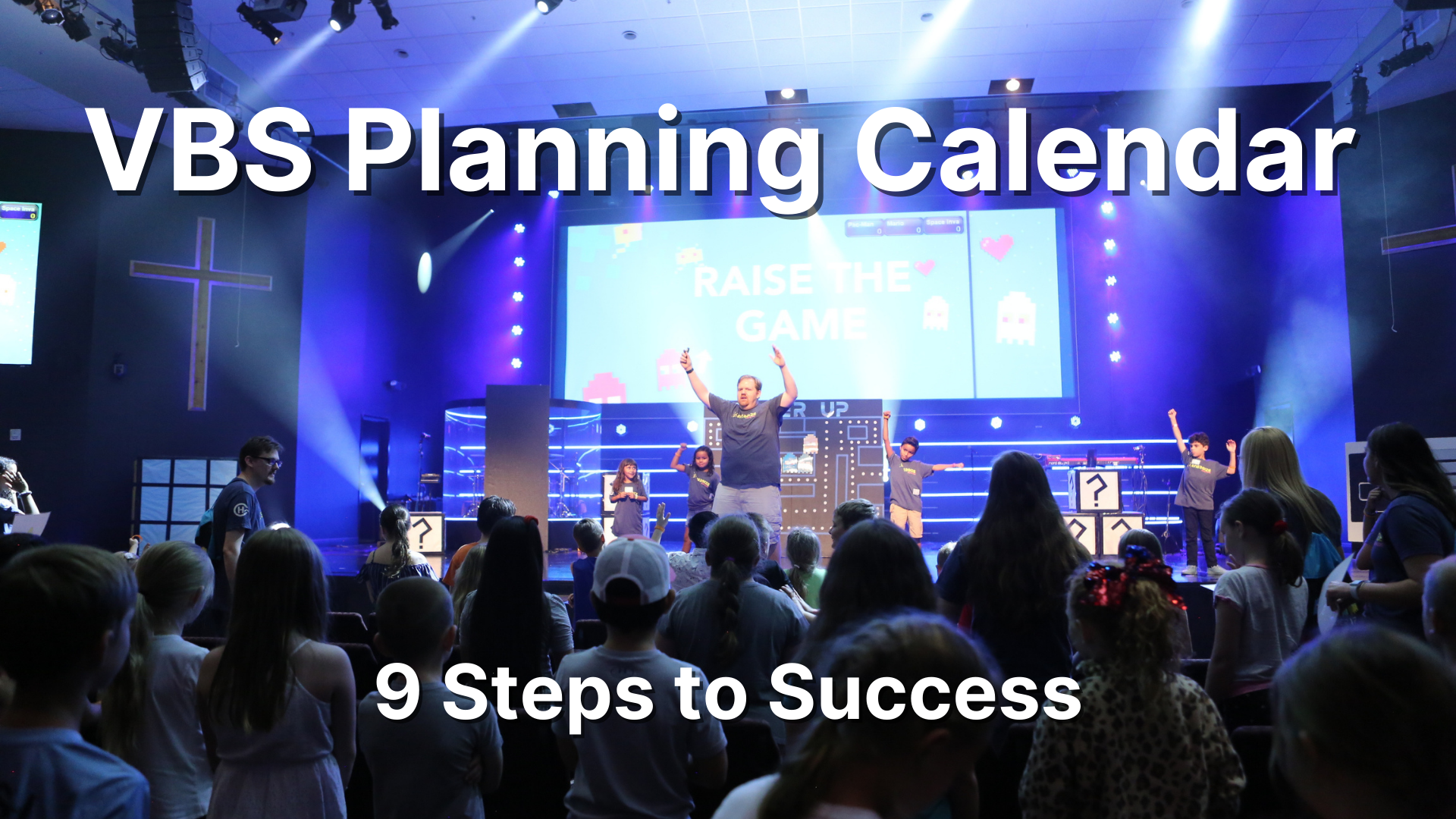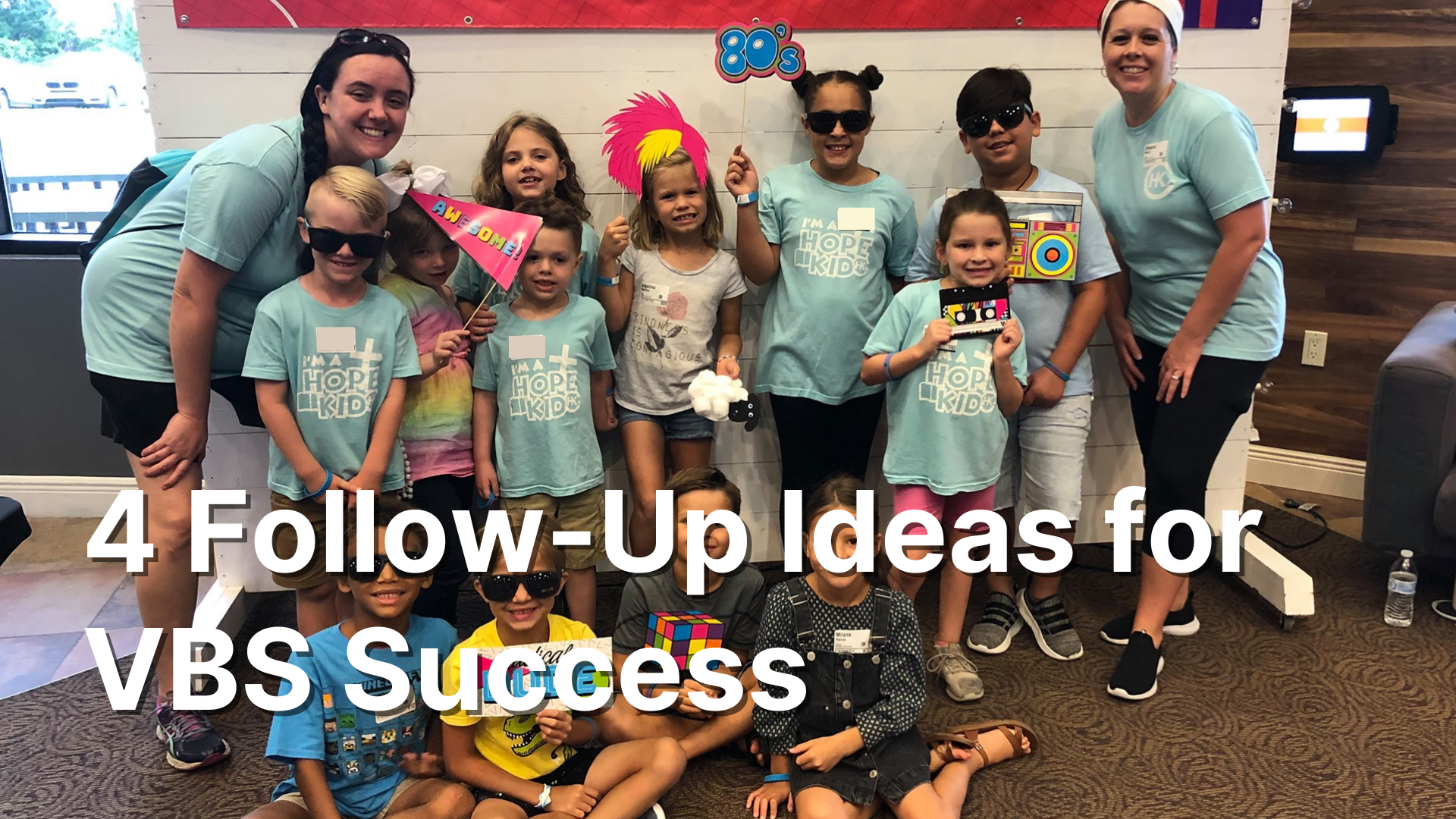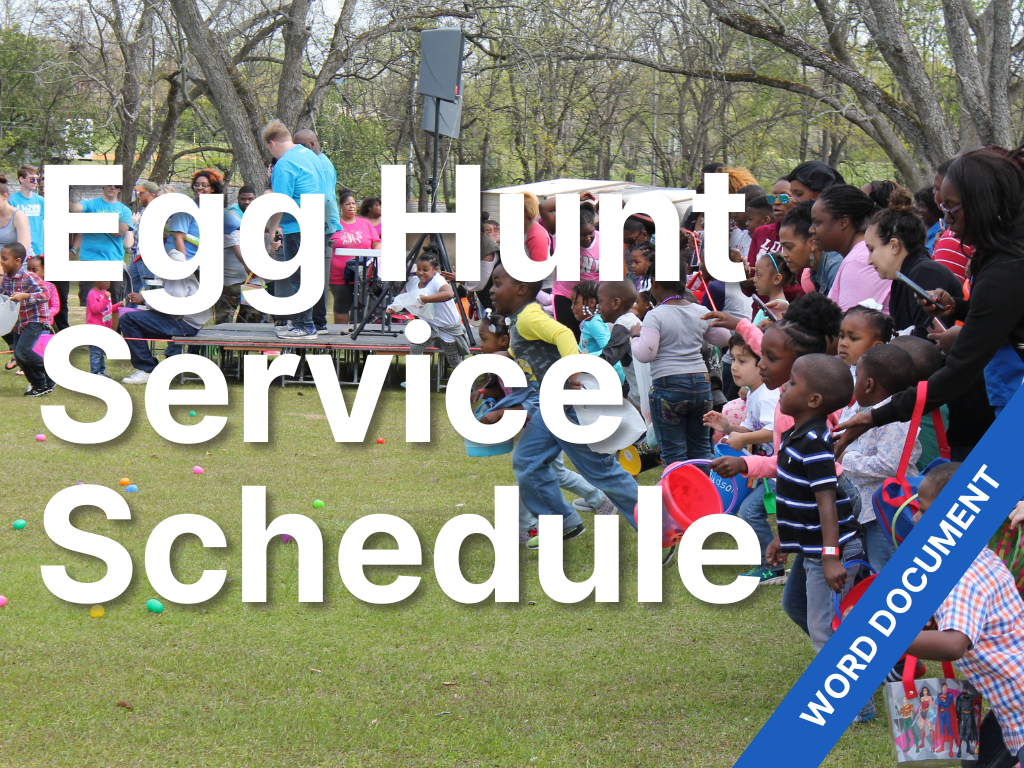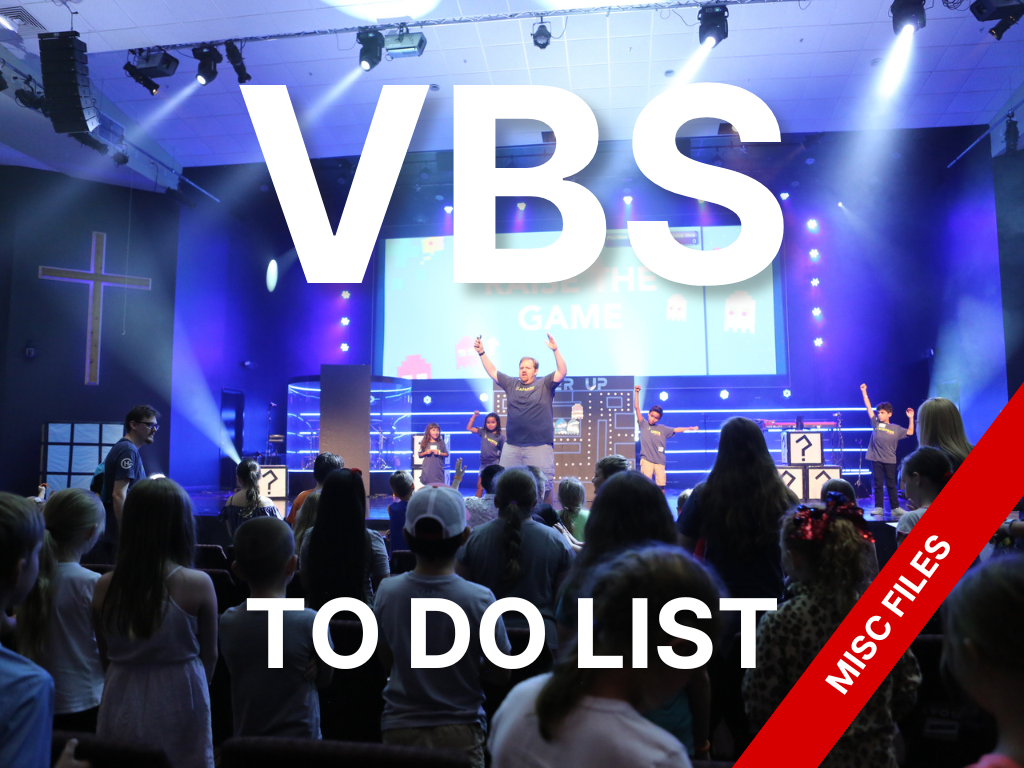7 Steps to Resource Your VBS Volunteers for Success Part 1
One of the biggest indicators of a successful VBS is the strength of your volunteer team. You can’t do this big event on your own. I’ve led many VBSs with hundreds of kids in attendance, and it’s my team that made it all happen.
VBS is a microcosm of what you do Sunday mornings. And just like how you need to train your volunteers for Sunday, you need to do the same for your VBS volunteers.
But you can’t follow the exact same process. You have weeks, not months, to get them acclimated. Further, they will only serve 3-5 days, not 3-5 years.
So, here is part 1 of 7 steps to resource your VBS Volunteers for Success. See part 2 here.
1. Volunteer Training Meeting
I’ll talk about what I actually do at the training meetings in the next point. For this one, I want to talk about the meeting schedule.
I always have at least three volunteer training meetings. But I don’t advertise all three at once. Rather, I push everyone to come to the first one. After that, I will announce when the next two will be. I don’t want people to put off coming to the final one and then miss it. (Trust me. They will.)
Since I mostly hold my VBS in June, my first training meeting is usually held the Sunday after Mother’s Day after the last service of the day. To bolster attendance, this is the only meeting I provide lunch and childcare. Giving away food and watching people’s kids is a major motivator.
Putting the meeting after service is strategic. In my experience, it’s always better to hold a meeting around the time people are already at church. If you hold a meeting on a Tuesday night or Saturday morning, you’re not going to have as many people come.
The other two trainings are similarly strategic. I put one on a Wednesday night after service to grab the youth volunteers. Then the other around another time people come to church. That can be before Sunday service, between services (if you have multiple), or before Sunday night (if you still do that). In every church I’ve served, this third meeting time has moved. It depends on the church and its service rhythm.
Over the years, I have played with online training. While it can be effective to do a zoom and record the meeting, I find it lacking in energy and buy-in. It’s good to have on hand for that one volunteer who can’t seem to make any of your meetings but don’t rely on it.
2. Volunteer Training Materials
When I first started VBS, I used Group’s Easy VBS. The benefit of using their curriculum is that just about everything is done for you. This include the volunteer training meeting script. I’ve used that script for every training meeting since. As time has passed, I’ve used different curriculums like Orange and Mega Sports Camp. But Group’s script is solid. I only need to make a few tweaks each year.
While that training script outlines the basics of the curriculum, it's not everything. There are other important things in include that every volunteer needs. Things like:
Important dates
Pick up and dismissal procedures
Rain and emergency plans
A sample schedule
Contact information
And more
As part of this post, I’m giving away my VBS Volunteer Training Guide. In it, you’ll find two guides I used at different VBSs as well as a template you can use to make your own.
In addition to all those materials, I also include a small group activity or something like it. Because Orange and Mega Sports Camp requires small group leaders to teach kids, you need to set your volunteers up for success. I walk them through the activity so that they know what to expect and what’s expected.
3. Help with Set Up
One of the biggest challenges with VBS is that it’s not just 3-5 days and you’re done. It takes a lot of work beforehand. As a wise man once said, “many hands make the work go faster.”
I learned early on, to not only ask my volunteers to serve the week of VBS, but to also serve at least two work nights.
I’ve talked about this before, but I like to have two weeks of work nights and one workday. The first week is held at most 6 weeks before VBS. Usually that’s the Monday after my big VBS training. The second is the week before, culminating with the workday on Saturday.
These important dates are included in my volunteer training guide. During the training meeting, I talk about how important it is for people to be there. Some volunteers will only make one worknight and fewer won’t make any. I don’t make it a big deal if they miss. The important thing is since I started saying it was required, I never had a work night where it was just me and my wife. Those are depressing days.
While these volunteers help you paint, cut, hang things, and find and organize supplies, they’re getting excited. I spend the night telling stories of past VBSs. The good and the bad. We laugh at our mistakes and rejoice at the successes. I play the VBS music, so we can start to learn the songs. I get to know new volunteers and they get to know me.
These work nights not only prep the VBS but also build your team. Don’t decorate alone. Invite others to come along.
As I said before, your volunteers are one of the biggest indicators of your event’s success. You need to build a solid team quickly and give them all the tools they need to be successful. By meeting all together and learning what they need to do, you’re letting your volunteers know what to expect and what’s expected. Invite them to help with the preparations and watch as they marvel at the decorations they helped create.
Give your volunteers what they need, and they’ll be great.
My next post will talk about what you can do to resource your volunteers during the week of VBS and beyond. If you’d like my VBS Volunteer Guide Template, you can pick it up for free below.
Your volunteers are the greatest asset to your VBS. You need to give them all the tools to be successful. With this template, you’ll have all the tools you need to show them what to expect and what’s expected.












